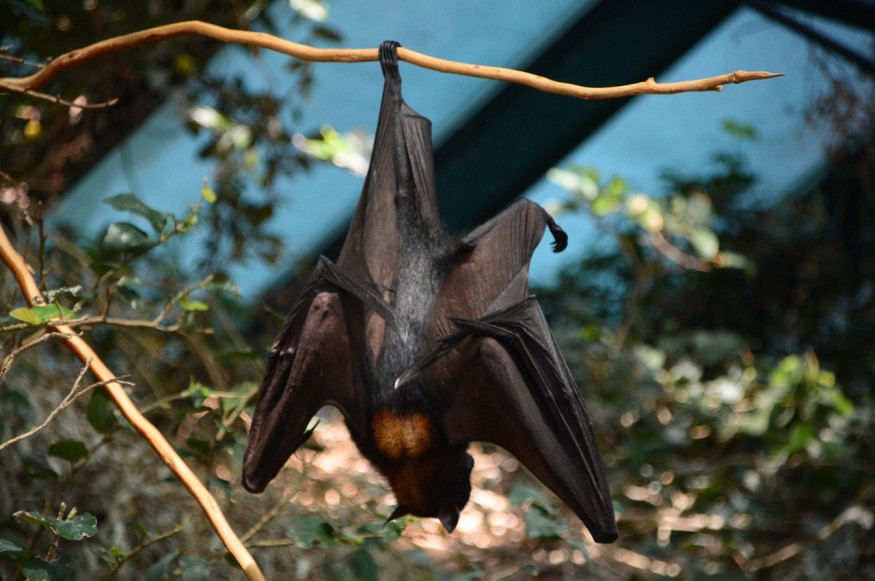Transmissible or zoonotic wildlife diseases increase as nature is damaged, due to the increase of bats and rats harboring pandemic pathogens such as the SARS-CoV-2. Human-induced destruction of ecosystems causes an increase in the populations of animals that carry diseases, which could cause pandemics.
The Emergence of Transmissible Diseases
Human societies are increasingly being infected by diseases that come from wildlife. These diseases include those caused by SARS, Zika, Nipah, and HIV viruses.
Since the COVID-19 pandemic began, the WHO and the UN already issued warnings that outbreak sources should be tackled, instead of just focusing on the economic and human health implications. Last April, leading experts on biodiversity warned that more deadly outbreaks are going to occur if nature will continually be destroyed.
READ: The Cost of Slowing Deforestation to Prevent the Next Pandemic
A comprehensive study and analysis assessed almost 7,000 animal populations in six continents. It found that natural environments that have been converted to settlements or farms lead to the disappearance of large wildlife species. The research is published in Nature.

On the other hand, environmental and ecological damage is beneficial to a lot of adaptable and smaller species, which incidentally carry most of the pathogens that are transmissible to humans.
According to the study, the populations of wildlife, which serve as hosts for zoonotic or transmissible diseases, are two and a half times larger in areas where nature has been degraded. Compared to the undisturbed ecosystem, these animal species in these areas dramatically increased to a maximum of 70 percent.
Implications
This study showed for the first time how the destruction of nature due to humans alters the population dynamics of wildlife species by increasing animal populations that harbor zoonotic diseases.
ZSL Institute of Zoology research fellow David Redding, who was a member of the research team, says that when a forest is turned into farmland, contact between humans and wild animals that carry diseases become more likely.
There is a possible reason that small species like bats and rodents can thrive in disturbed ecosystems as well as host pathogenic microorganisms. This is maybe because they are tinier, more mobile, more adaptable, and importantly, rapidly-produce a lot of offspring.
READ ALSO: Vietnam Bans Wildlife Trade to Reduce Pandemic Risk
According to Redding, the brown rat exemplifies this best, for they have a relatively short lifespan and a high number of offspring to compensate for a low survival rate. This causes them to put little investment in immunity. Meanwhile, a species like an elephant has only one family every two years or so, so that it has to ensure that its offspring will survive. Thus, it has an adaptive and robust immune system.
The study found that perching birds are also small and can also harbor diseases such as the West Nile and chikungunya-like viruses, just as rodents do. These birds also thrive in disturbed habitats.
According to research team member and University College London professor Kate Jones, with the continued expansion of urban and agricultural lands, healthcare and disease surveillance should be strengthened in areas that are being disturbed. The reason for this is they will likely have more animals with harmful pathogens.
READ NEXT: Poaching Endangered Animals, COVID-19, and Climate Change: How Are They Related?
© 2025 NatureWorldNews.com All rights reserved. Do not reproduce without permission.





